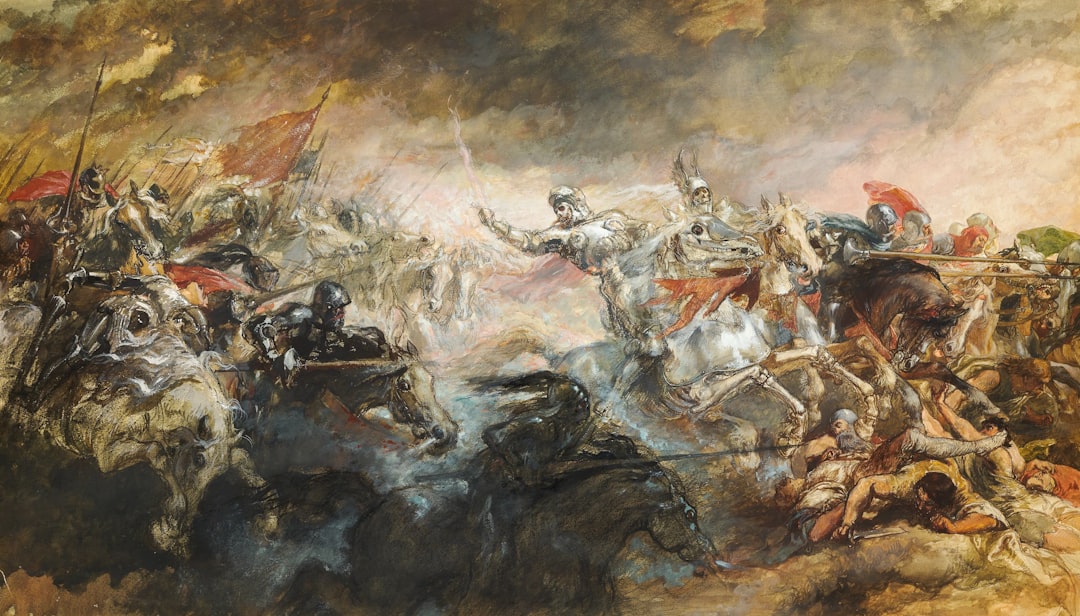What is it about?
For researchers who are looking at how cultural heritage education can be implemented through the use of digital cultural and creative products (CACPs), this study provides recommendations for enhancing the user experience from the user's perspective. There is a growing trend of using digital CACPs to communicate cultural knowledge, such as developing applications related to historical sites and incorporating historical figures into video games. It is very helpful to attract users to experience cultural heritage across time and space through these types of digital CACPs. This study analyses the user evaluation of digital CACPs from specific cultural heritages by comparing the user evaluations of interactive products, games, and music. It was found that users were more interested in landscapes, dubbing, and user-generated content (UGC) for interactive products, character versions, posters and skills for games, and singers and songs for concerts. Moreover, the study identified official media, museums, and celebrities as the major drivers of CACPs promotion on social media. There are some potential social media accounts of traditional costume enthusiasts and cosplayers that are conducive to the promotion and communication of CACPs.
Featured Image

Photo by Josh Withers on Unsplash
Why is it important?
As one of the vital pillar industries for the future development of innovative CACPs, spreading history and culture through digital CACPs to engage users is crucial. The development of digital CACPs could provide deeper insight into cultural heritage artistic and historical worlds as channels for users to comprehend better and appreciate the cultural heritage.
Read the Original
This page is a summary of: Social Media Analytics of User Evaluation for Innovative Digital Cultural and Creative Products: Experiences Regarding Dunhuang Cultural Heritage, Journal on Computing and Cultural Heritage, March 2024, ACM (Association for Computing Machinery),
DOI: 10.1145/3653307.
You can read the full text:
Contributors
The following have contributed to this page










